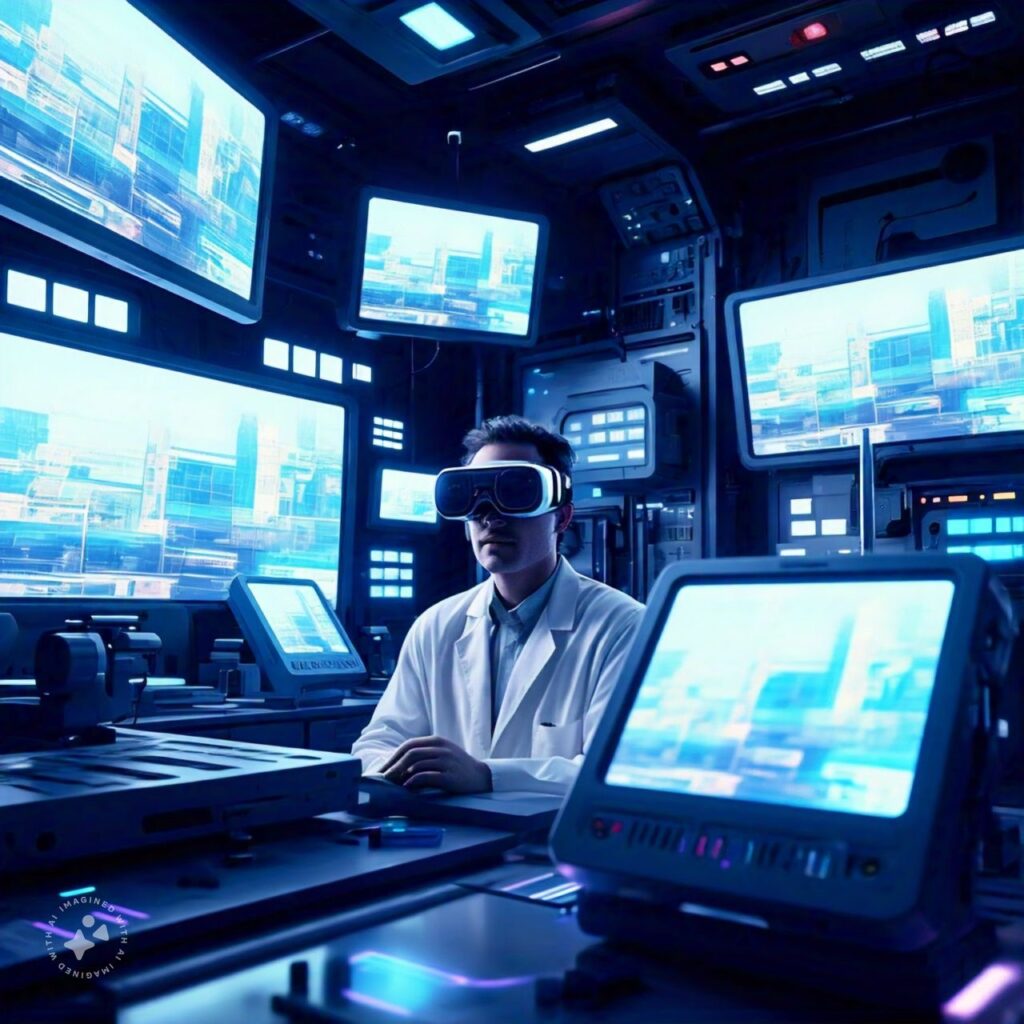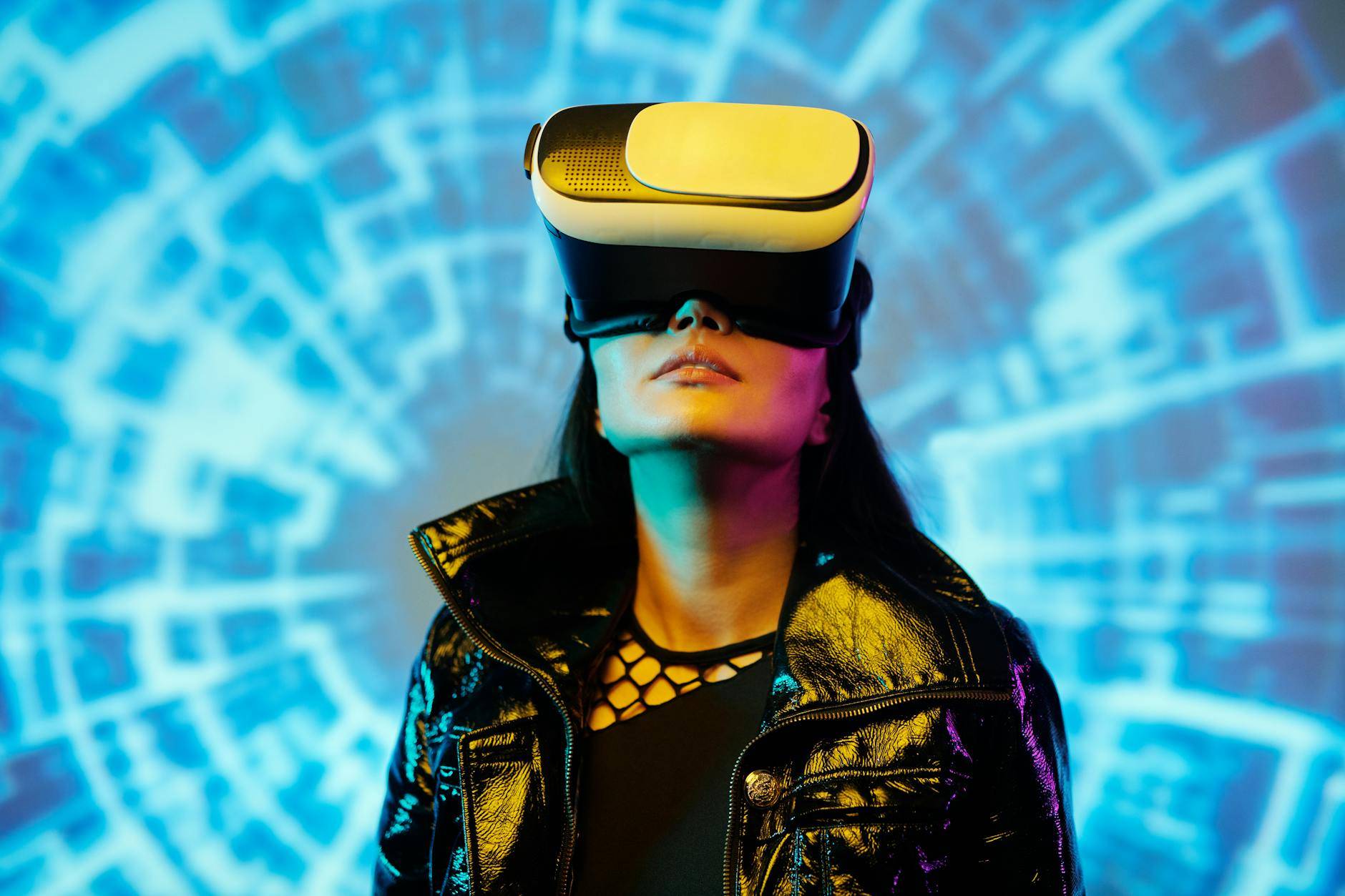Are you ready to step into the future? 🚀 Virtual Reality (VR) and Augmented Reality (AR) are no longer just buzzwords – they’re revolutionizing our digital experiences. But as we stand on the cusp of the Metaverse, a burning question emerges: Which technology will reign supreme?
The battle between VR and AR is heating up, with tech giants and startups alike vying for dominance in this new frontier. As we dive into this digital arms race, we’ll explore the platforms poised for victory and those destined to fall behind. But here’s the kicker: despite the hype and investment, we’re still years away from truly scaling Web 3.0 worlds. So, what does this mean for the future of the Metaverse?
In this post, we’ll unravel the complexities of VR and AR, examining their potential to shape our digital future. We’ll analyze the key players, technological advancements, and market trends that will determine which technology will ultimately dominate the Metaverse. Buckle up as we embark on a journey through the virtual landscapes that could soon become our reality! 🌐✨
The platforms that will win and dominate and those that won’t..

In the race to dominate the metaverse, certain platforms are positioning themselves for success while others may fall behind. To understand which platforms are likely to thrive, we need to consider several key factors:
Key Success Factors
- User Experience
- Interoperability
- Content Creation Tools
- Economic Model
- Privacy and Security
User Experience
The platforms that prioritize intuitive, immersive, and seamless user experiences will have a significant advantage. This includes factors such as:
- Easy onboarding process
- Realistic graphics and physics
- Smooth navigation within the virtual environment
- Low latency and high performance
Interoperability
Platforms that embrace interoperability and allow users to move assets and identities across different virtual worlds will likely gain more traction. This approach fosters a more connected and versatile metaverse ecosystem.
Comparison of Leading Platforms
| Platform | Strengths | Weaknesses |
|---|---|---|
| Meta (Facebook) | Massive user base, VR expertise | Privacy concerns, centralized control |
| Roblox | Strong user-generated content, young audience | Limited appeal to older demographics |
| Decentraland | Blockchain-based, user-owned economy | Early-stage technology, scalability challenges |
| Epic Games | Advanced graphics, gaming expertise | Less focus on social aspects |
Ultimately, the platforms that will dominate the metaverse will be those that can balance technological innovation with user needs, fostering a vibrant and sustainable virtual ecosystem. As we explore this emerging landscape, it’s crucial to consider how these platforms will shape the future of digital interaction and commerce.
We are years away from truly scaling Web 3.0 worlds.

While the concept of Web 3.0 and the metaverse is exciting, we’re still far from achieving widespread adoption and scalability. Several challenges need to be addressed before we can truly scale Web 3.0 worlds:
Technical Hurdles
- Infrastructure limitations
- Interoperability issues
- Performance bottlenecks
User Experience Gaps
- Intuitive interfaces
- Seamless integration with daily life
- Accessibility for diverse user groups
Economic and Regulatory Challenges
| Challenge | Description |
|---|---|
| Standardization | Lack of universal protocols and standards |
| Governance | Unclear regulatory frameworks for virtual worlds |
| Monetization | Sustainable economic models for creators and users |
Despite these obstacles, progress is being made. Companies are investing heavily in R&D, and innovative solutions are emerging. However, it will take time to overcome these hurdles and create truly scalable Web 3.0 worlds that can support millions of concurrent users in immersive, interconnected environments.
As we move forward, collaboration between tech giants, startups, and regulatory bodies will be crucial in shaping the future of the metaverse and Web 3.0 technologies. Now that we understand the challenges ahead, let’s explore the potential impact of these technologies on various industries.

The battle for dominance in the metaverse is still in its early stages, with both Virtual Reality (VR) and Augmented Reality (AR) vying for supremacy. While certain platforms may emerge as leaders in this space, it’s crucial to recognize that the true scaling of Web 3.0 worlds is still years away. The technology and infrastructure required to support fully immersive, interconnected virtual environments are still evolving.
As we look to the future of the metaverse, it’s clear that both VR and AR will play significant roles in shaping our digital experiences. Rather than focusing on which technology will ultimately dominate, it’s more important to consider how these technologies can complement each other and contribute to creating a rich, diverse metaverse ecosystem. Users and developers alike should stay informed about advancements in both VR and AR, as the landscape of the metaverse continues to evolve and present new opportunities for innovation and engagement.





